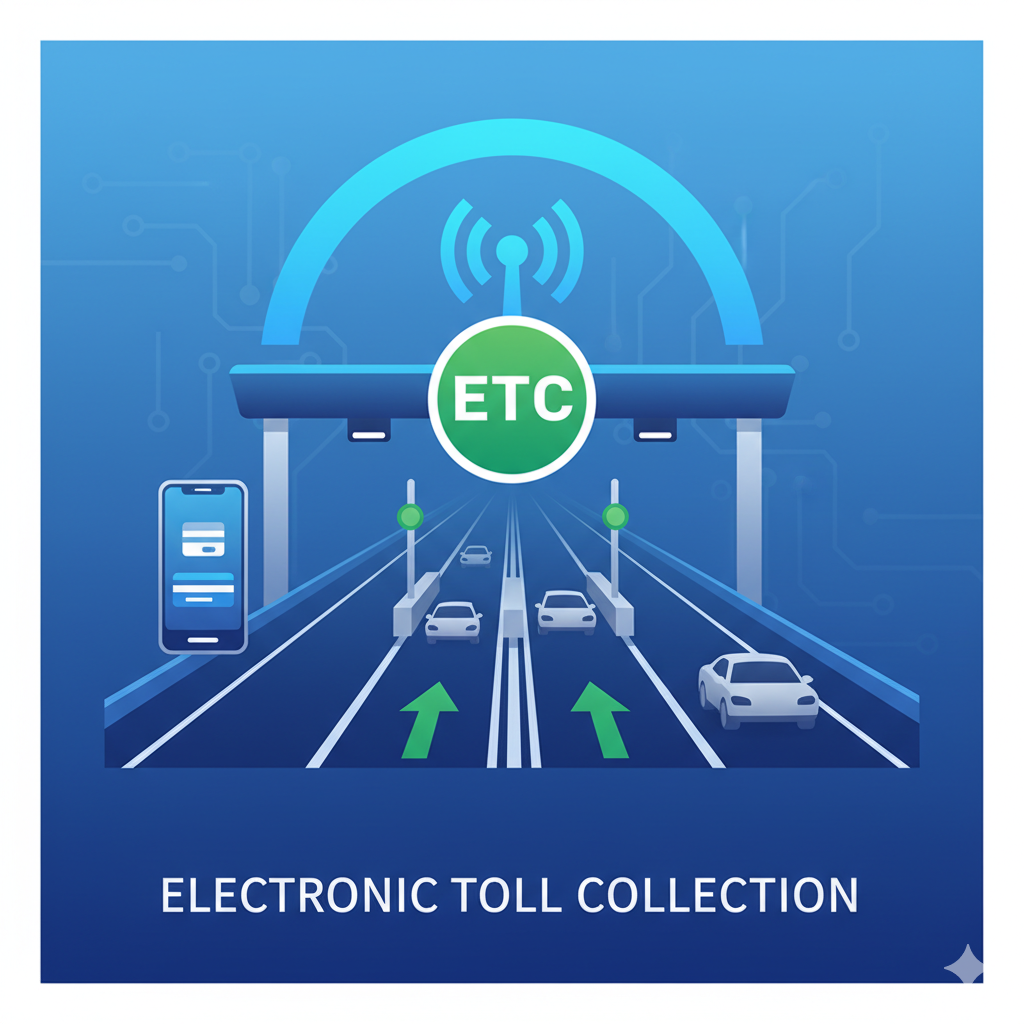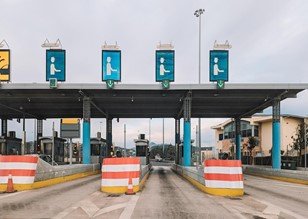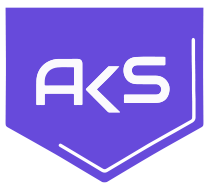
Electronic Toll Collection (ETC) Systems
Overview
Electronic Toll Collection (ETC) systems have redefined highway and corridor management in India by transitioning from manual toll booths to automated, cashless solutions. These systems use technologies like RFID (notably FASTag), Automatic Number Plate Recognition (ANPR), Automatic Vehicle Classification (AVC), and increasingly GPS-based tolling to streamline the tolling experience, reduce delays, and enhance transparency.
Deployment in India

With the launch of FASTag in 2016 and its mandatory nationwide adoption in February 2021, ETC became India’s most widely adopted ITS solution. By 2023, over 95% of toll transactions across National Highways were conducted via ETC. This resulted in up to 70% reduction in wait time at toll plazas, a significant decrease in fuel consumption, and improved logistics efficiency for freight operators.
Key Technologies and Operations
- RFID (FASTag): Pre-paid tag linked to bank accounts for seamless toll deduction.
- ANPR: Enforces toll compliance and detects violators.
- AVC: Automatically classifies vehicles for tiered pricing.
- GPS-Based Tolling: Under pilot, eliminates physical booths and charges per kilometers.
Strategic Benefits
- Saves time and fuel.
- Reduces human error and revenue leakage.
- Enhances highway throughput and logistics planning

Challenges and Gaps
- Connectivity failures in rural zones.
- Tag tampering and low compliance on state roads.
- Equipment calibration and interoperability issues.
Future Outlook
ETC is evolving into a cloud-integrated, AI-powered framework. The government plans a full shift to GPS-based tolling by 2026, opening the door for congestion pricing and dynamic toll models.



